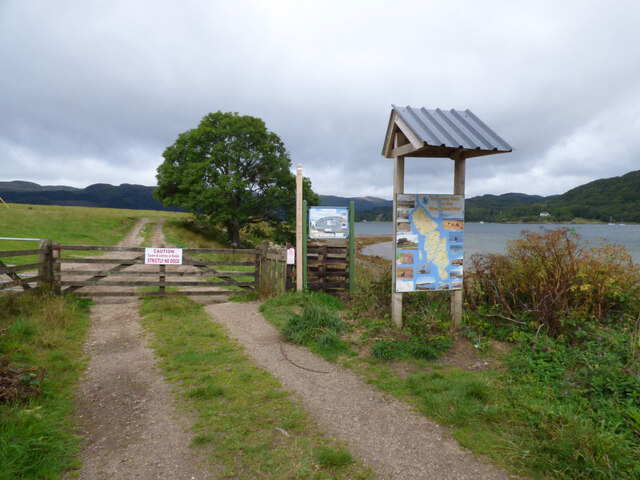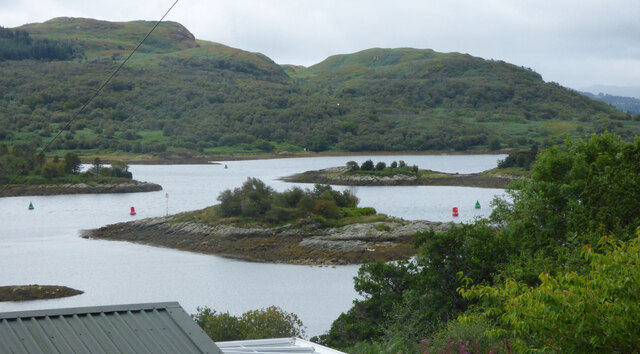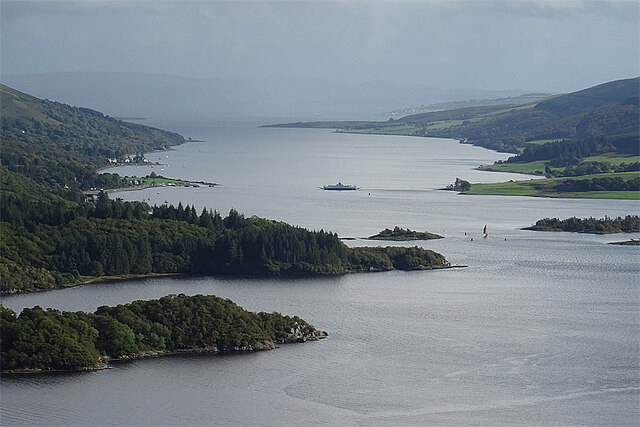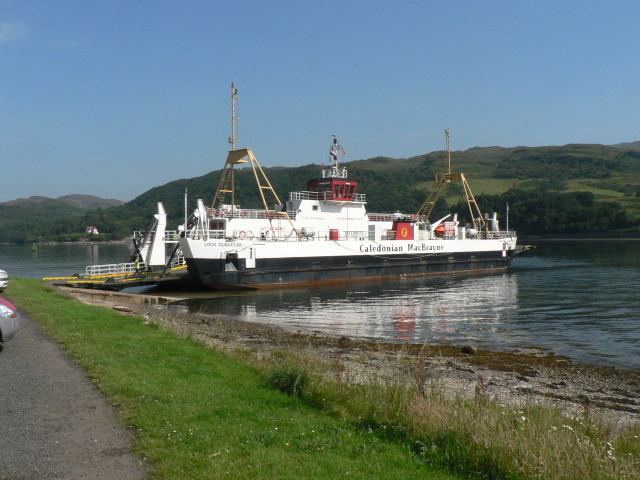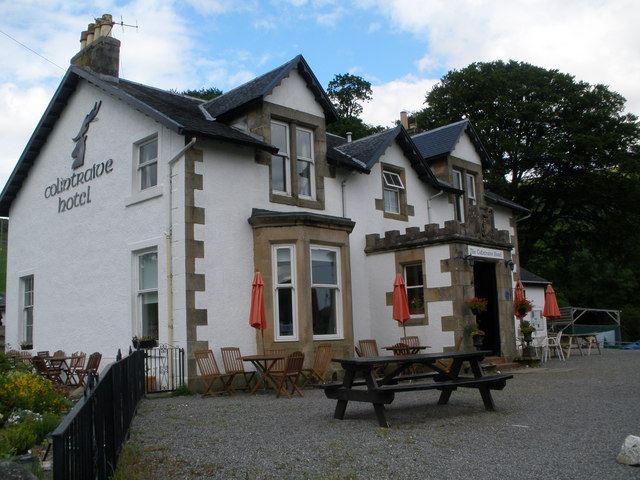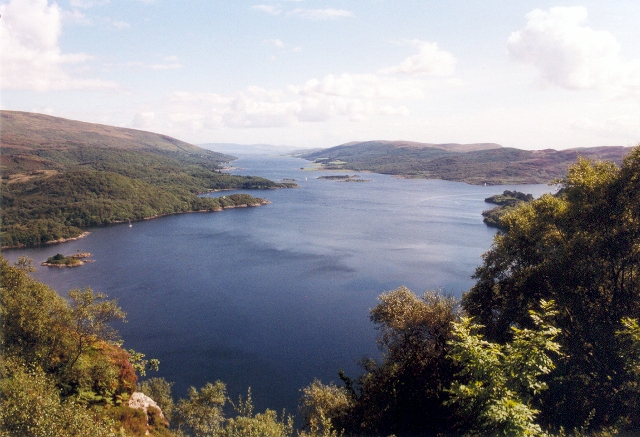Bear Craig
Coastal Marsh, Saltings in Buteshire
Scotland
Bear Craig

Bear Craig is a coastal marsh located in Buteshire, Scotland. It is known for its picturesque beauty and unique ecosystem. Situated along the coastline, it encompasses a vast expanse of salt marshes and saltings.
The marsh is characterized by its rich biodiversity, with a variety of plant and animal species thriving in this unique habitat. The salt marshes are dominated by salt-tolerant plants such as samphire, sea lavender, and cordgrass. These plants play a crucial role in stabilizing the soil and preventing erosion, while also providing food and shelter for numerous species.
The marsh is also an important feeding and nesting ground for several bird species, including wading birds like curlews, oystercatchers, and redshanks. These birds can often be spotted probing the muddy flats for food or flying gracefully over the marsh.
Bear Craig offers a tranquil environment for nature enthusiasts and provides opportunities for recreational activities such as birdwatching and hiking. The marsh is also of scientific interest, as it serves as a natural laboratory for studying the effects of saltwater intrusion and the dynamics of coastal ecosystems.
Visitors to Bear Craig can enjoy breathtaking views of the surrounding coastal landscape, with the waves crashing against the rocky cliffs and the salty air filling the atmosphere. The marsh is easily accessible, with footpaths and observation points allowing visitors to explore and appreciate the beauty of this coastal gem.
Overall, Bear Craig is a remarkable coastal marsh that offers a unique and diverse ecosystem, making it a must-visit destination for nature lovers and those seeking a peaceful retreat by the sea.
If you have any feedback on the listing, please let us know in the comments section below.
Bear Craig Images
Images are sourced within 2km of 55.92529/-5.1777811 or Grid Reference NS0174. Thanks to Geograph Open Source API. All images are credited.
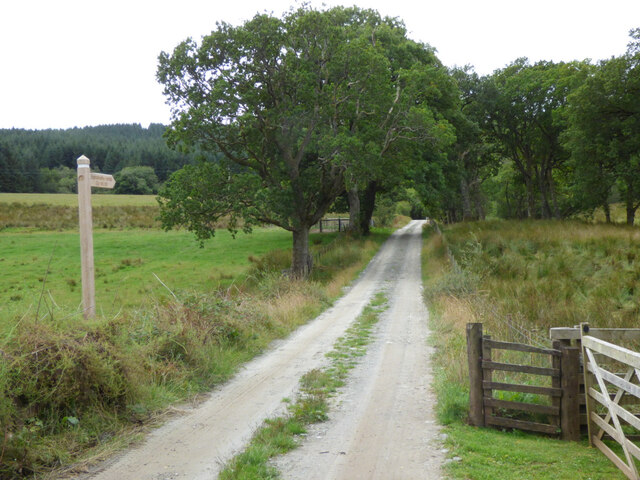



Bear Craig is located at Grid Ref: NS0174 (Lat: 55.92529, Lng: -5.1777811)
Unitary Authority: Argyll and Bute
Police Authority: Argyll and West Dunbartonshire
What 3 Words
///bedspread.headache.poem. Near Port Bannatyne, Argyll & Bute
Nearby Locations
Related Wikis
Burnt Islands
The Burnt Islands (Scottish Gaelic: Na h-Eileanan Loisgte) are three small islands that lie in the Kyles of Bute, on the Cowal Peninsula, Argyll and Bute...
Kyles of Bute
The Kyles of Bute (Scottish Gaelic: Na Caoil Bhòdach) form a narrow sea channel that separates the northern end of the Isle of Bute from the Cowal peninsula...
Eilean Dubh, Kyles of Bute
This particular Eilean Dubh (Scottish Gaelic: Black Island) is sometimes known as Glen Caladh Island and lies just off the Cowal peninsula in the Kyles...
Colintraive
Colintraive (Scottish Gaelic: Caol an t-Snàimh) is a village in Argyll and Bute, Scotland. Once the site where cattle were swum across the narrows to the...
Rhubodach
Rhubodach is a small settlement on the north-eastern shore of the Isle of Bute, Argyll and Bute, Scotland. The name rhubodach may come from the Gaelic...
Colintraive Hotel
The Colintraive Hotel (also known as The Colintraive) is a hotel and pub in Colintraive, Argyll and Bute, Scotland. It was formerly a hunting lodge for...
Eilean Dearg, Loch Ruel
Eilean Dearg is a small island in Loch Ruel (or Loch Riddon) in Argyll, Scotland. The island was once home to a castle, which was destroyed by naval action...
Loch Ruel
Loch Ruel or Loch Riddon; extends north from the Kyles of Bute and is a sea loch in Argyll and Bute, Scotland. == See also == River Ruel == References... ==
Nearby Amenities
Located within 500m of 55.92529,-5.1777811Have you been to Bear Craig?
Leave your review of Bear Craig below (or comments, questions and feedback).


